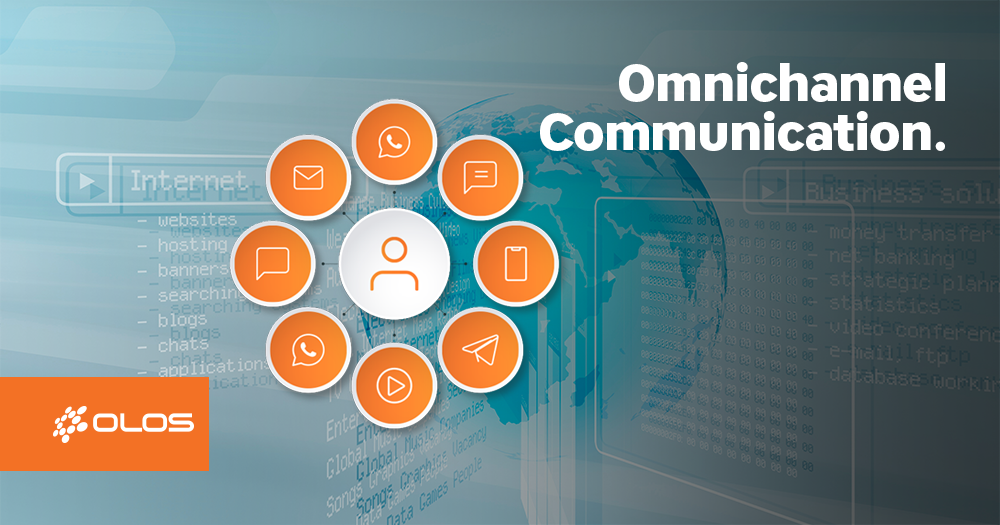
According to the most recent Qualtrics and ServiceNow study, 80% of consumers switched brands as a result of a bad customer experience. However, 86% of consumers are willing to spend extra for a superior experience.
You literally have to live up to client expectations in a highly competitive market. Customer experience (CX) is the new battleground for organisations today; a good CX is essential to success, while a bad CX is a surefire way to lose customers.
One of the most crucial components of the overall customer experience is customer communications, which is also a weak point for many organisations. In addition, when designed intelligently, they can promote long-term consumer loyalty, which is equivalent to corporate revenue.
This article will examine the customer-centric communication strategy, outline how automation and the omnichannel strategy promote business growth in light of shifting consumer behaviour, and offer crucial advice and resources for enhancing customer communication across various industries in 2022 and beyond. The icing on the cake is that you’ll discover insightful information provided by leading professionals in the field, like Annette Franz (CX Journey Inc), Peggy Anne Salz (Mobile Groove), Jenn VandeZande (SAP Customer Experience), SaleCycle, and App Growth Network, Replug and Storyly.
The Challenges & Opportunities of Changing Customer Behavior for Businesses
Businesses of all sizes search for more affordable ways to interact with their audience, encourage brand interaction, and increase sales. However, the pandemic significantly altered consumer expectations and behaviour. Before continuing, let’s examine the setting that gave rise to a new type of consumer-brand communication.
The truth is that more than 70% of consumers use several channels to find and purchase goods in order to find the best prices and the greatest shopping experience. In order to influence consumer decisions, brands have a variety of ways to connect with potential customers, with mobile devices predominating. Globally, over 100 billion hours were spent using shopping mobile applications in 2021, an enormous 18% YoY increase.
Why Your Business Must Use an Omnichannel Strategy
Through the customer journey, omnichannel communication aims to create a tailored, frictionless cross-channel experience with a strong client focus. The client is at the centre of the omnichannel system, whether it be by phone call, live chat, push notification, or email. It is designed with the customer journey in mind, and customer behaviour and preferences serve as triggers. Automation has made it possible for organisations to coordinate their many channels of communication with their target audiences. These channels include contact centres, support chats, mobile messaging, email, and live chat.
How to Start Communications with Your Customers Through Omnichannel Marketing
Marketing communications help customers throughout their whole customer experience and help create the initial perception of your brand. They support customers with onboarding, encourage retention, and move consumers from the awareness stage through the purchasing decision.
E-Commerce
By providing information about the items and the best discounts, brands can assist customers in making the best purchasing decisions; as a result, omnichannel messaging has developed into a potent tool for increasing online sales. Push alerts and in-app messages have been helpful as mobile commerce has grown to encourage customers to complete their orders, cross-sell, and upsell.
Let’s examine the most common use case for e-commerce: abandoned cart recovery. A user will be automatically reminded to make the planned purchase after they initiate the “Added a product to their cart but hasn’t purchased it” event. Additionally, if the consumer is still hesitant to place the buy, a marketer might encourage them by sending them a unique discount code by push notification or email.
Banking & Finance
Despite security flaws, the banking and finance industries went online long ago. Your consumers can easily handle their financial activities using a mobile app. You must ensure a secure and convenient experience for them as a customer-focused business.
Don’t just send clients transactional messages when communicating with them. Constantly remind your users about the financial goods and services your bank offers, such as no-fee cards, high-interest online savings accounts, and cashback programmes, keeping in mind that clients search for the greatest deals to save and even increase their money. Use email, in-app messages, push notifications, or any other channel that your consumers choose for this. Set prompted messages based on their in-app behaviour; for example, if a user looks up credit card details, display an in-app message with a special promotion.
Telecom
The omnichannel customer experience is increasingly serving as the key differentiation between service providers in the fiercely competitive and quickly changing telecom sector. Transactional communications assist businesses in onboarding and activating customers in pursuit of their primary commercial objectives: an increase in average order value and customer lifetime value.
You can utilise emails and mobile texting for transactional interactions, such as to remind clients about unpaid invoices or to immediately share any urgent information with your current clients (such as submission status, temporary service issues, upcoming outages, etc.).
Additionally, telecom companies can send emails and push notifications with special deals and tailored promotions. Businesses can also offer and highlight new mobile features through in-apps. Additionally, telecom businesses can keep clients by enticing them with deals they can’t refuse: